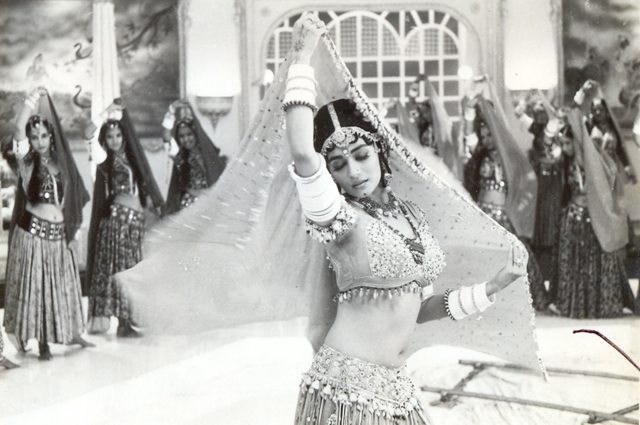
Beyond Bollywood – The Power of Indian Cinema
When noted filmmaker Yash Chopra was growing up in Jalandhar, he was not allowed to see many films by his strict family. His destiny would have been a career in engineering but he wanted to be a director like his brother BR Chopra. He recalls his first day on the sets as the director of ‘Dhool ka Phool’: “For the first few days, I couldn’t speak properly. I had lost my voice. I realize now that it was psychosomatic. Come to think of it for the first two or three films, I had problems with my vocal chords because I was so nervous. But no matter how many movies you make, every film feels like taking an exam. Making a film is not like making an ad for Lux soap. Every film is like your first film.”
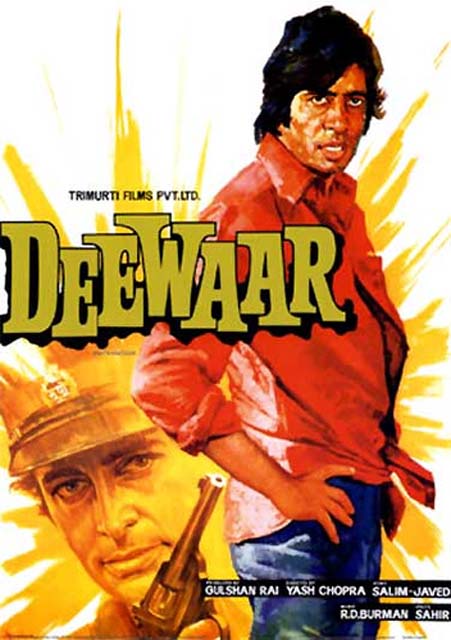
This intimate little tale is from Tula Goenka’s ‘Not Just Bollywood – Indian Directors Speak’ which has interviews with 28 top film directors including Subash Ghai, Shyam Benegal, Mahesh Bhatt, Anurag Kashyap, Rituparno Ghosh, Onir and Mrinal Sen. Indeed, the directors from the entire spectrum of the Indian film industry – Bollywood, regional and independent cinema – are represented in this book. Collectively, they have been responsible for the stories Indian cinema tells us, the varied viewpoints, the richness, the drama, the beauty of our world.
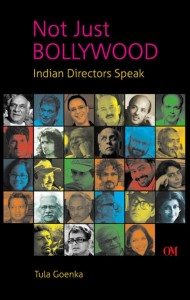
Indian cinema is much more than Bollywood although that enthralls so many of us. As Goenka admits, “I live in Bollywood along with millions of other dreamers, and although it is not a geographical location anywhere on earth, it is a place in my heart and imagination.”
So many vignettes and personal stories abound in Goenka’s ‘Not Just Bollywood: Indian Directors Speak’ that it’s a really good read – almost like a good movie – and almost calls for its own big bag of popcorn to indulge in, as you read!
Since Tula Goenka herself has donned so many different avatars from filmmaker and editor to film professor to passionate film fan, you hear of personal moments as well as the larger picture of the film industry. She teaches at the S.I. Newhouse School of Public Communications at Syracuse University which supported her with funds to research and write this book. Her detailed interviews cover all aspects of film-making and give thoughtful and thought-provoking glimpses into the film industry as a business.
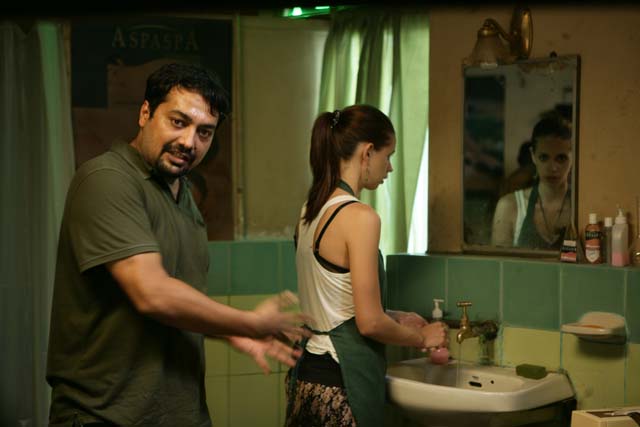
Anurag Kashyap gives the backstory on his own movies from Paanch to That Girl in Yellow Boots. About ‘Gangs of Wasseypur’, he says, “Its the film where I’ve had the most fun. It gave me the scope to indulge as a filmmaker and have fun. It was like my playfield where I was batting all the time and even if my wickets came off, I knocked off sixers!”
The interviews also give the reader a bird’s eye view of the changing film industry and the changing taste of the Indian audiences. Sooraj Barjatya of Rajshri Productions was almost single-highhandedly responsible for the way Hindu weddings are seen all over the world. ‘Hum Aapke Hain Kaun’ was a film with 14 songs, written off by some as a glorified wedding video, and yet this hugely successful film showed the yearning for family values. Says Barjatya: “I think there will always be an audience for romantic Indian cinema. Whatever we may say about television and exposure to globalization, it is all a phase. It’ll all fade eventually. Finally, Indianness will remain in Indian cinema.”
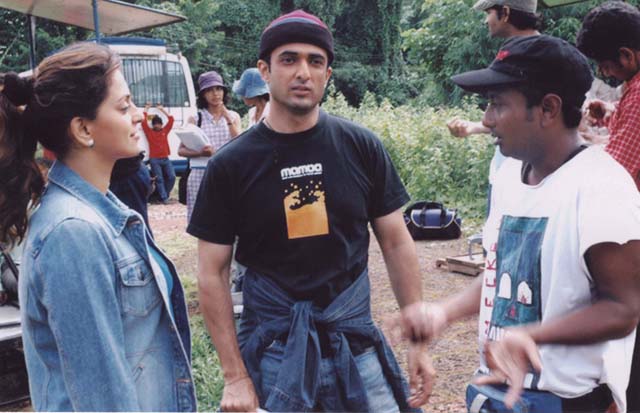
There are many glimpses of India’s changing society in these interviews and whether cinema is supporting these changes adequately. Onir, for instance, has some thought-provoking things to say when Goenka asks him about the fact that LGBT issues are always discussed in mainstream Hindi cinema such as Dostana or Bol Bachchan almost as a joke. “Yes. It’s very sad because not only is the representation a negative caricature but it also cheapens the society we live in. Everything that is screened in a theater has to go through the Censor Board and by letting this content through, I think it allows the perpetuation of stereotypes not only about sexuality but also gender.”
In the end, all individual directors come through as profoundly human and profoundly talented at what they do, creating dream worlds for us. It’s quite an eclectic group with very different directors and different world views, so it’s a ringside seat with these directors into the past and present of Indian cinema.
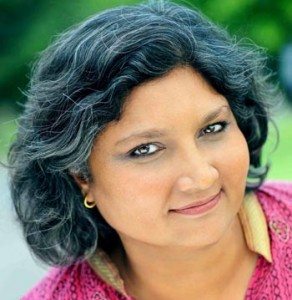
Tula Goenka takes you behind the writing of the book & gives you the back story.
The Magic of Cinema – and the Magicians Behind It
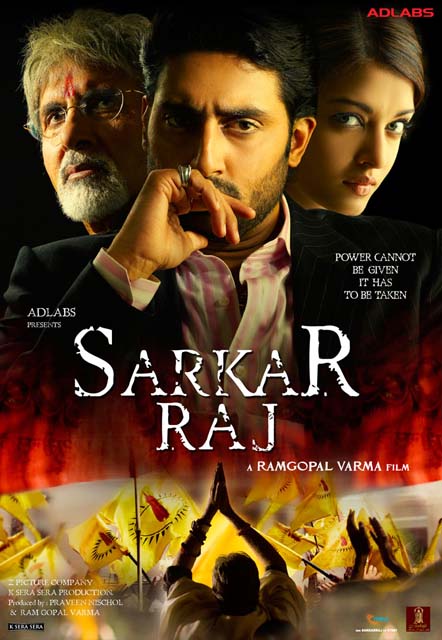
What are your favorite memories of having seen cinema in theaters in India – and do you think that experience still generates the same feeling?
I saw my first film when I was about four years old, and I have loved cinema ever since. I love watching movies, making them, researching them, and teaching how to make them. It does not matter to me whether a film is a short or feature length, fiction or non-fiction, comedy or drama, Hindi or some other language, I just love all of it. To me it is the most dynamic storytelling tool we have right now, and it doesn’t matter whether we watch it on our mobile device, TV or a giant cinema screen. It still has an immediacy and vibrancy that engulfs our senses and touches our emotions, and I am so grateful that I learned how to create this magic early on.
Thanks to my hands-on love for the art, craft and enjoyment of cinema, my book is different than many of the books available on Indian cinema. I have spoken with the directors about the nitty-gritty of film-making, as well as broader issues such as the film industry in India. I hope people enjoy reading these conversations as much as I enjoyed having them.
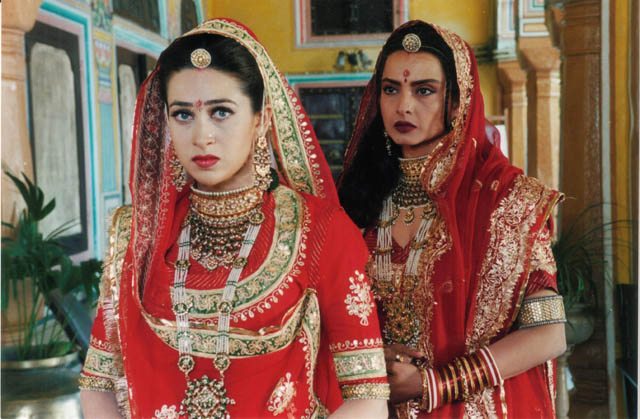
‘Sahib Met with People on Sundays’
How did you do the interviews – in person or via phone? How difficult was it to get access?
I met each of the 28 directors in person first, and then followed up via Skype, phone, or email as necessary. As you can imagine, it was a long and drawn out process since they are all incredibly busy with their work schedules, and I don’t live in India and was only able to be there for short periods of time because my I am a full-time college professor these days. I spent five months in India in the Fall of 2003 on a sabbatical and lived in Delhi with my parents, who looked after my two very young children, while I traveled to Calcutta, Hyderabad, Bangalore and many, many times to Bombay to meet with the various filmmakers. I have been back countless times to Delhi and Bombay since.
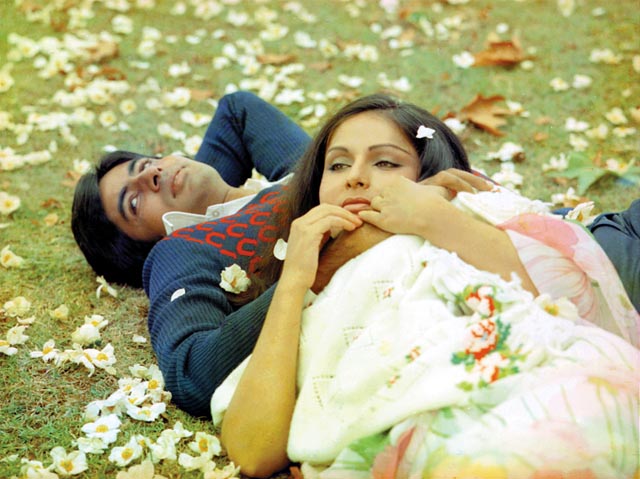
When I started the research and interview process in 2003, it was surprisingly easy to directly reach the filmmakers. As I am a filmmaker myself and have friends and contacts in the industry, I was able to get introductions and phone numbers, and then it was a matter of persistence. I would write people letters or send them a fax, and then follow-up with a text message or phone call. And yes, I do have the most heavily guarded contact list of Indian filmmakers!
I even showed up at a director’s home in Juhu at 10 am on a Sunday morning because after days of calling the only number I had for him, the phone was finally answered and I was given his address by the person who answered to come because Sahib met with people on Sundays. This was obviously not true, and I was stopped from entering the building by the security guards. But I was able to send up a copy of a letter I had written to him earlier that week, and my mobile rang within minutes and I had an appointment to meet with him the next day.
It is a completely different situation now and even if you have the direct contact phone number or email of a person, they will usually not respond. I have spoken with some of the filmmakers about this in the book. Thanks to the explosion of media buzz, film directors are celebrities now and are just inundated with requests for their time, and it is humanly impossible for them to answer everything.
A look at Anurag Kashyap’s ‘Gangs of Wasseypur’
Since it took you almost 10 years to do the book, was there a lot of back tracking to catch up with new events in each director’s life?
Yes, the book took a long time to get published for many different reasons (including me undergoing treatment for cancer some years ago), and each time there was a delay I would have to update all the information. I also did a series of follow-ups with each filmmaker in person, on the phone or Skype.
I really have to thank the S.I. Newhouse School of Public Communications at Syracuse University, where I teach, for its unwavering support of this project by giving me time and funds to finish it. I traveled to India many times for this book, and could not have done it without Newhouse’s support. I have also had some fantastic research assistants over the years, who helped with the transcription and fact checking.
Going Full Circle with Mira Nair
Which was your favorite interview – and to put you in the spot, which is your favorite director?
That is a very difficult question because I enjoyed speaking with all of them. I really did. One of the most gratifying things about this whole process is that over the years, I have come to know some of the filmmakers personally and have seen their work evolve first-hand. For instance, I have had the incredible opportunity to take 51 of my filmmaking students from Syracuse to Bombay and work in Bollywood in collaboration with Subhash Ghai and his Whistling Woods International Film Institute. We have have done five SUBollywood trips so far from 2008 to 2014. I was very honored and touched when SG so generously launched my book in Bombay this summer.
I have also been able to invite several of the filmmakers in the book—Jabbar Patel, Aparna Sen, Prakash Jha, Mira Nair, and Onir—to the SU campus for the Syracuse University Human Rights Film Festival, which I founded in 2003. And Nagesh Kukunoor was here for the 12th annual SUHRFF.
Salaam Bombay – Mira Nair’s film which started it all.
As for my favorite director, I will have to say Mira Nair because she has had such a huge impact on my life—personally and professionally. I first met Mira when I moved to New York City after finishing grad school in the Spring of 1986. I had just seen her documentary India Cabaret on PBS, and a mutual friend introduced me to her. Mira gave me my first job as an assistant editor on a short documentary she was making for the National Film Board of Canada on the use of amniocentesis as a sex detection tool and then aborting of the female fetus by women in Bombay. Years later, I quit my job as a production coordinator at MTV Networks and took a big pay cut to work on Salaam Bombay!, and I have never looked back since.
So I think it is very appropriate that the way the book worked out, Mira gets the final chapter. It all works out in the end, doesn’t it?
Related Articles:
Knights of the Directors’ Round Table
In Celebration of Bombay Talkies
NYIFF – 2013 – Celebrating Indian Cinema
Made in America – Bollywood Comes to the US

2 Comments
Yash Chopra is a legend of Indian Bollywood as all the hit films have been directed by him only. I can definitely say that todays’s successful actors are a part of Yash Chopra production….I salute the person for his hard work…
Via Google +
A. Bakhle
Reshared, +1’d
Harinarayan Chourey
+1’d: